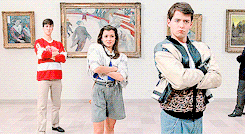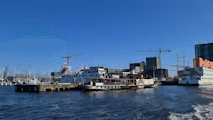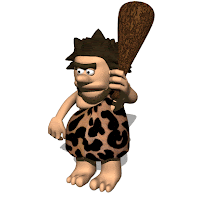The final credits thank a government security agency in Xinjiang province, where about 1m people - mostly Muslim Uighurs - are thought to be detained.
Disney has not commented on the row over the locations and the credits.
The live-action film, which is one of the biggest releases of the year, is a remake of the 1998 animated story of a young girl who takes her father's place in the army.
But fans in some Asian countries called for a boycott after Chinese-born actress Liu Yifei made comments supporting Hong Kong's police who have been accused of violence against pro-democracy protesters in recent months.

















































